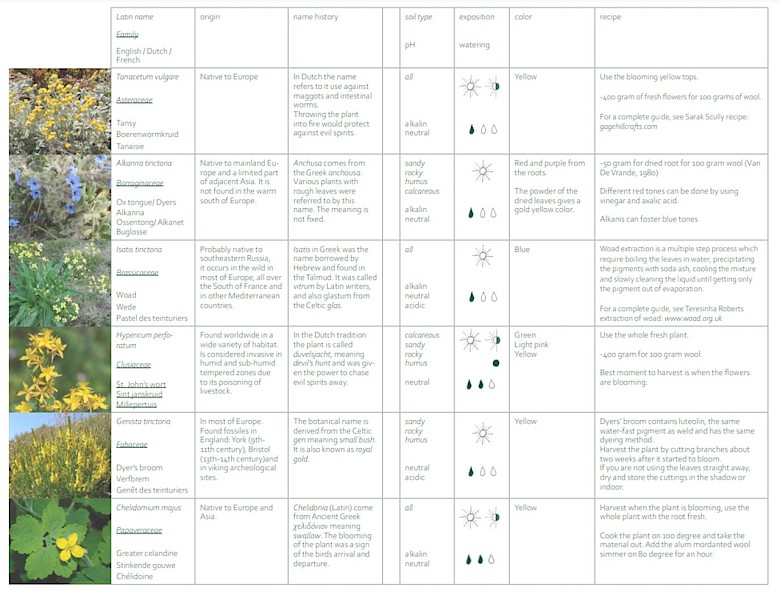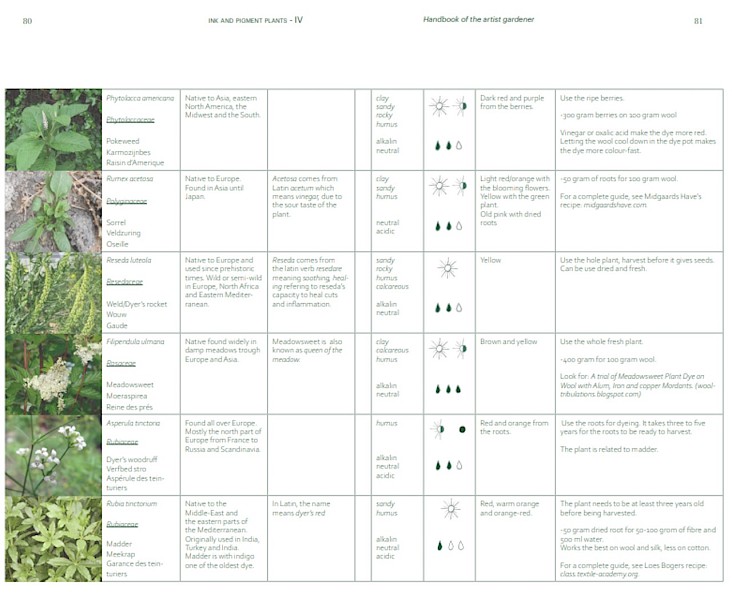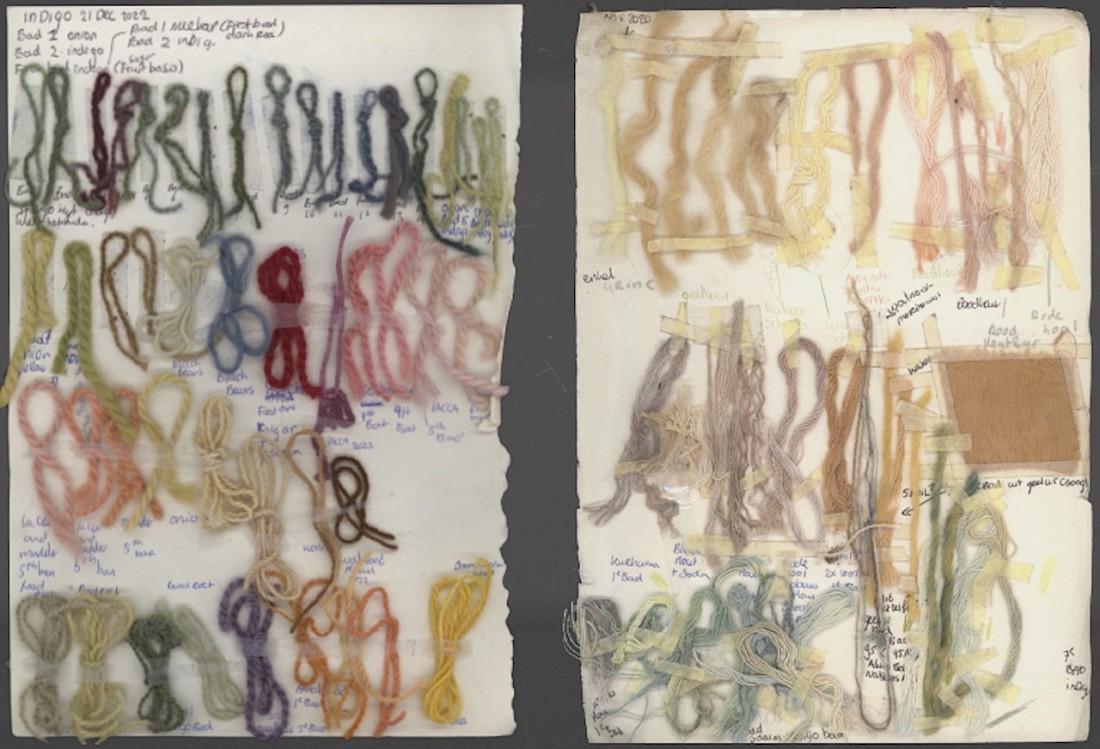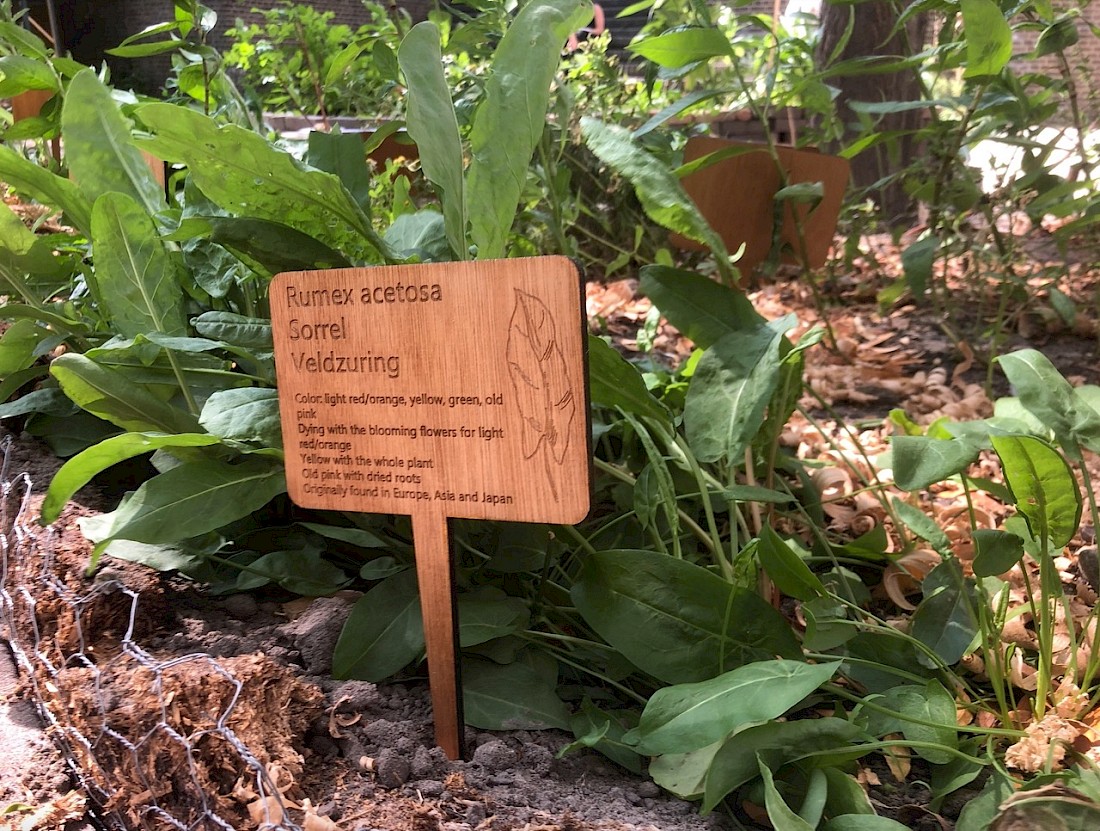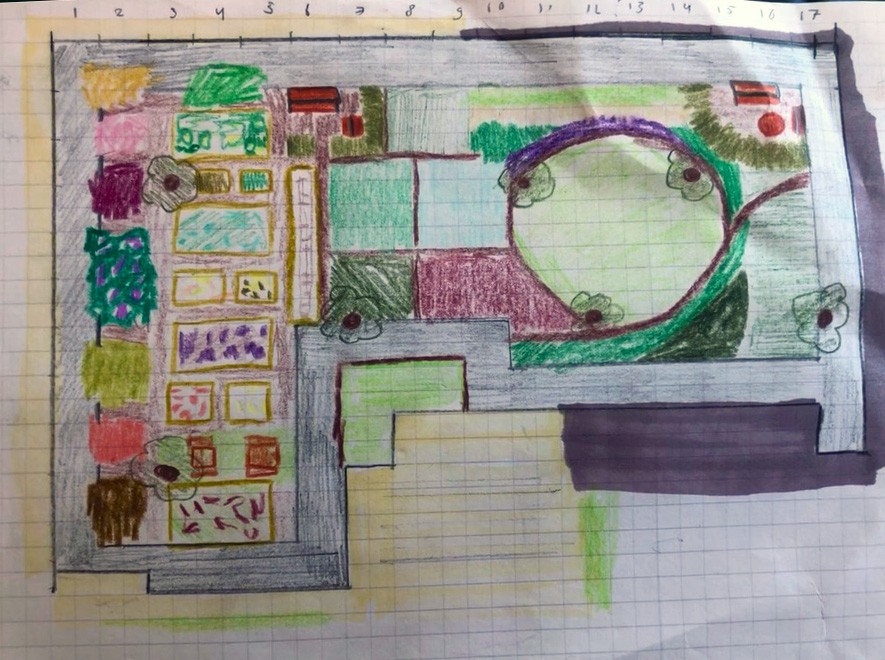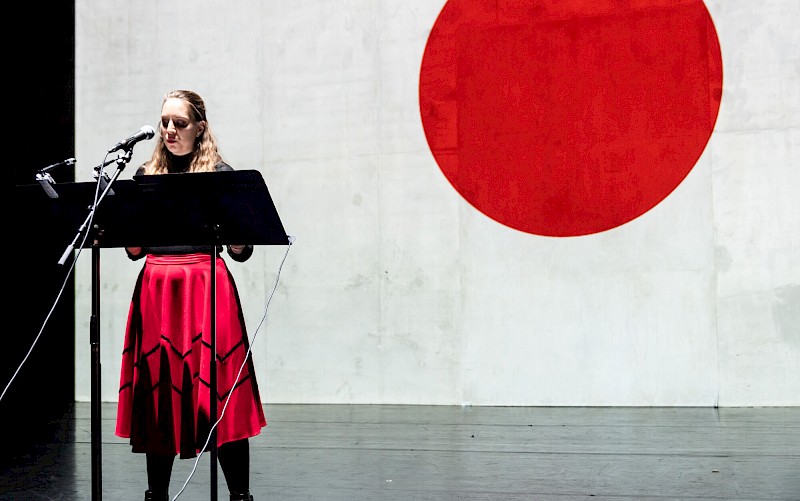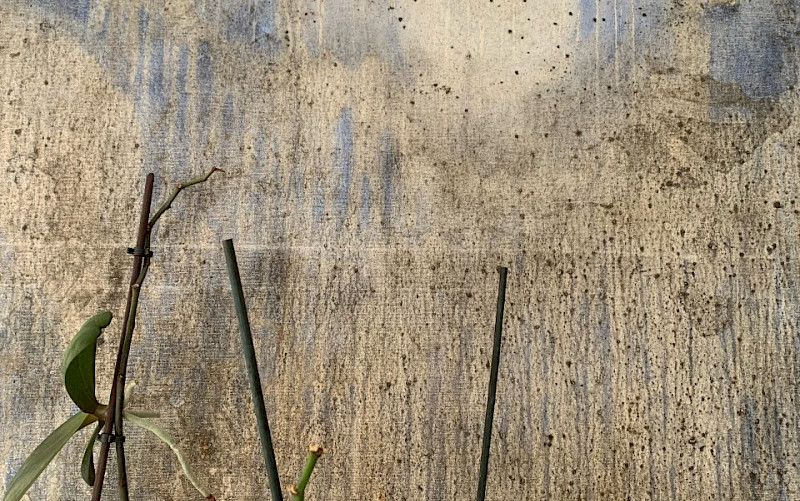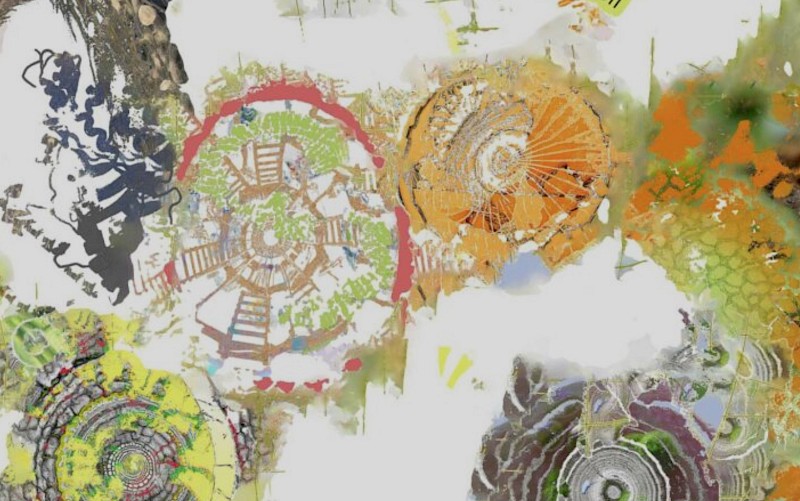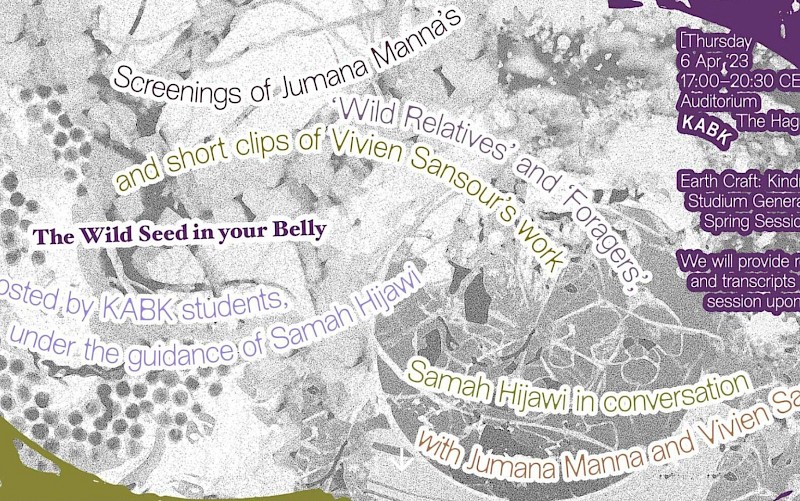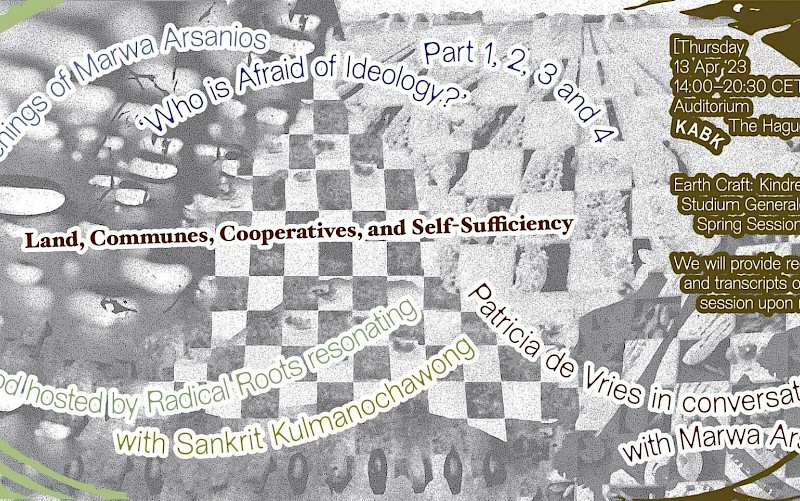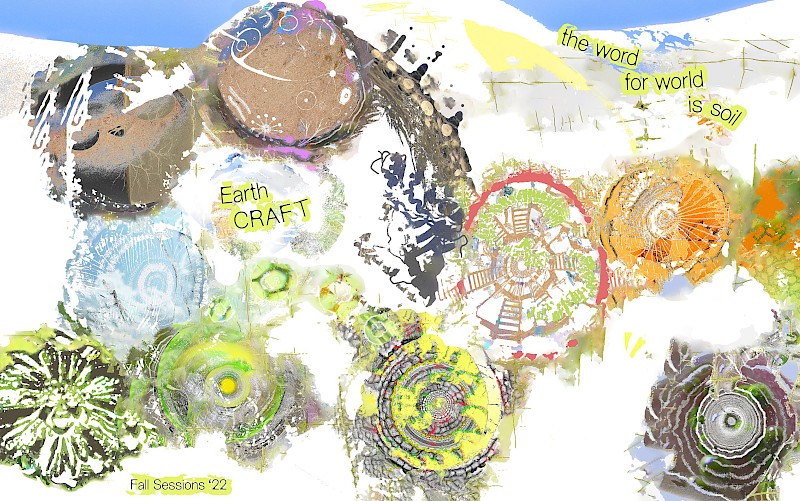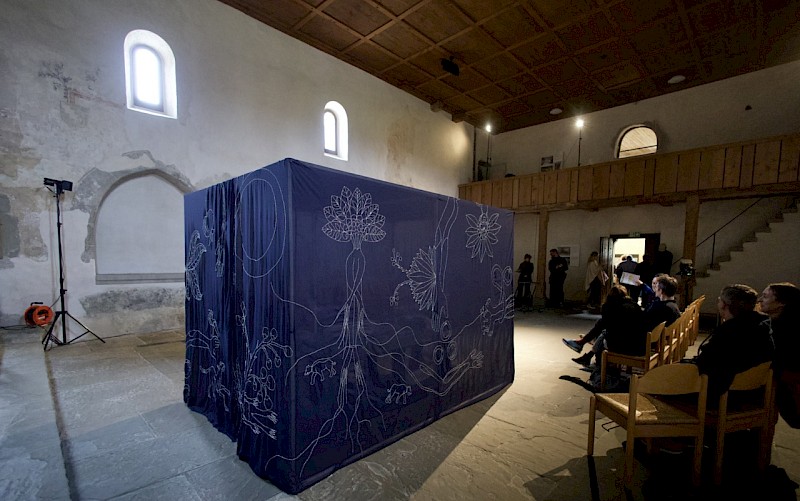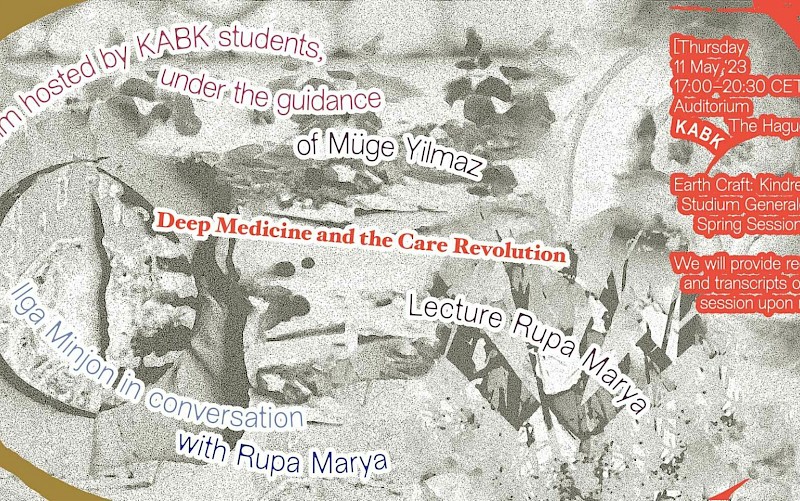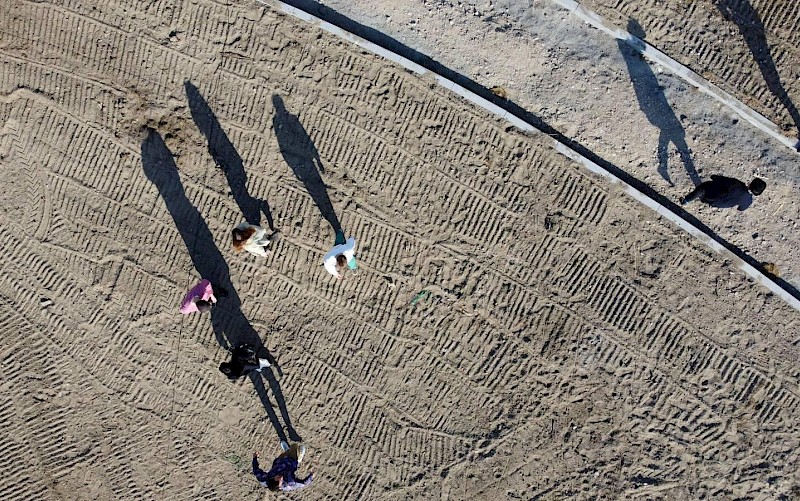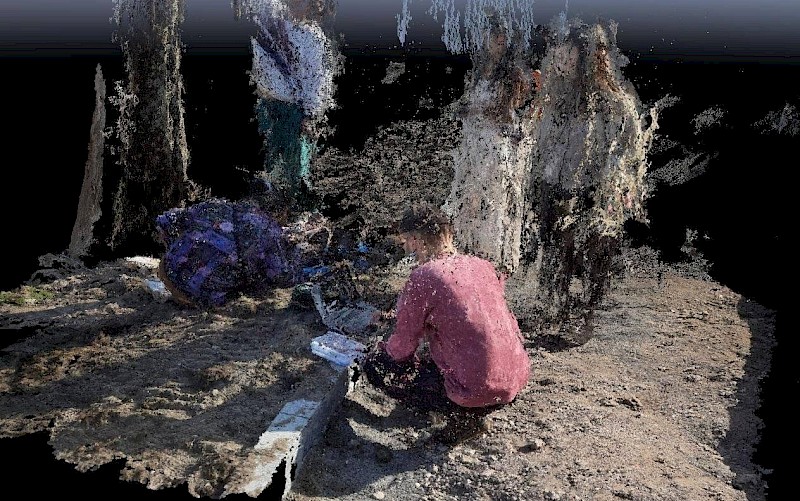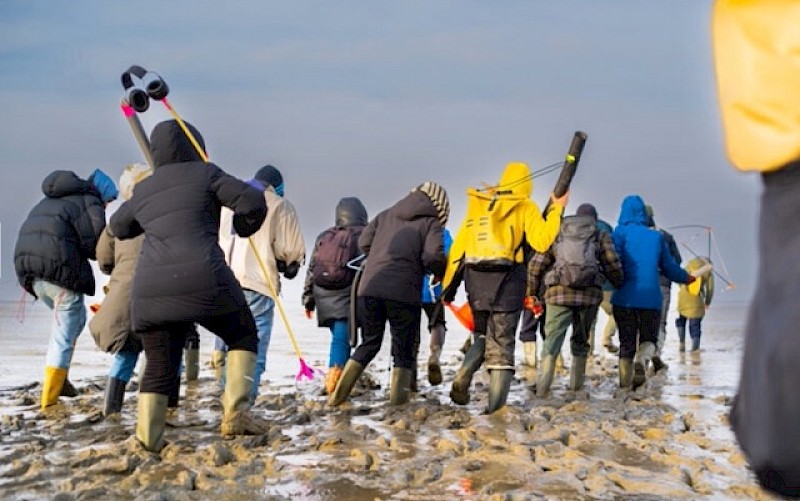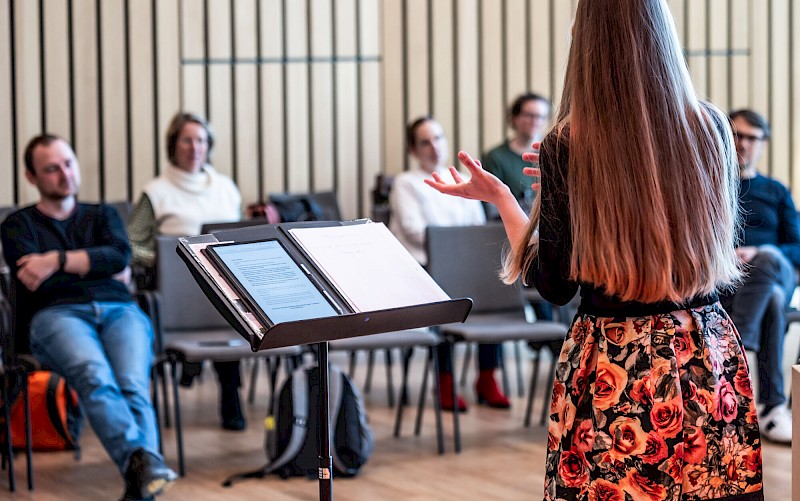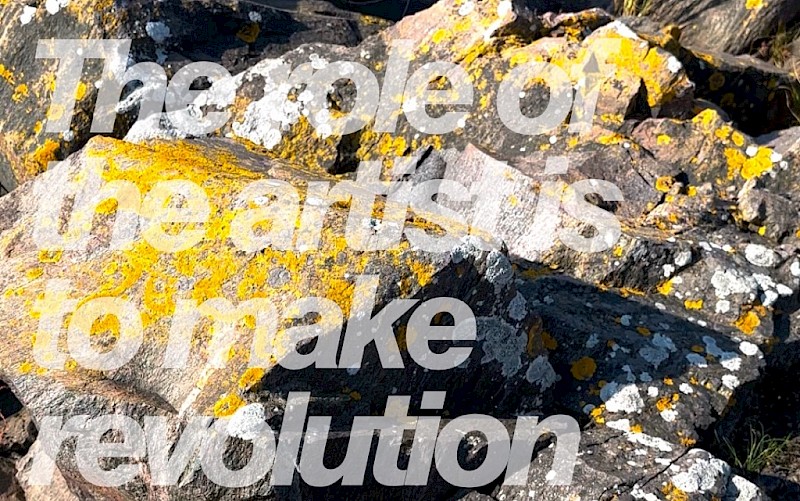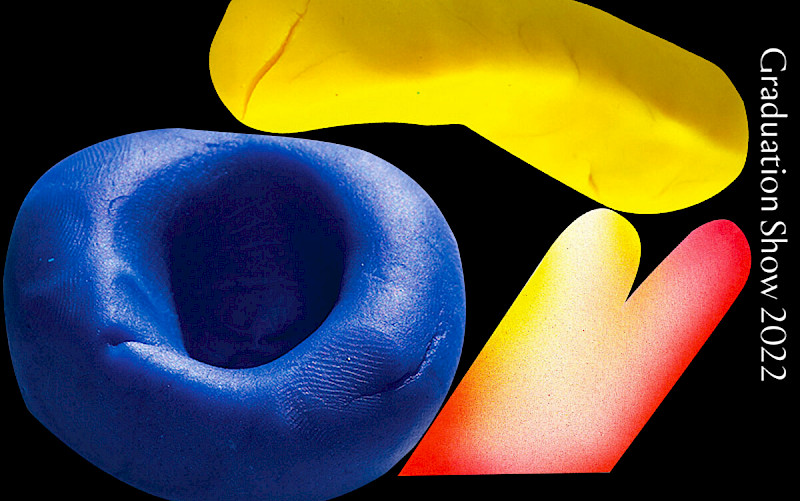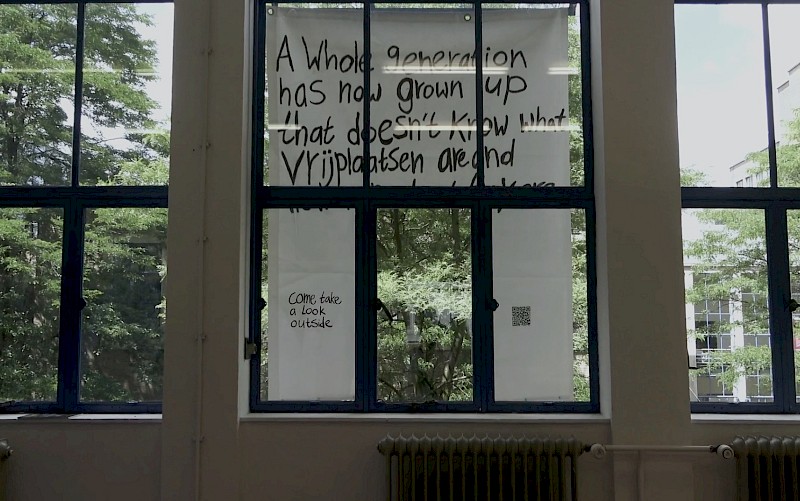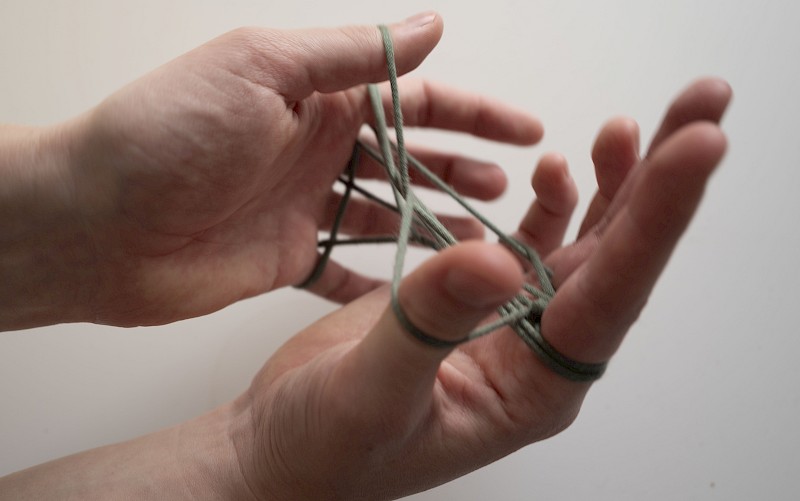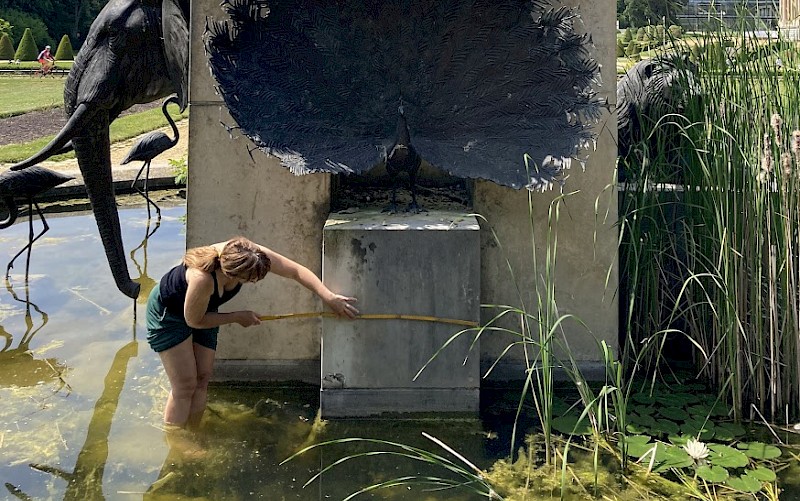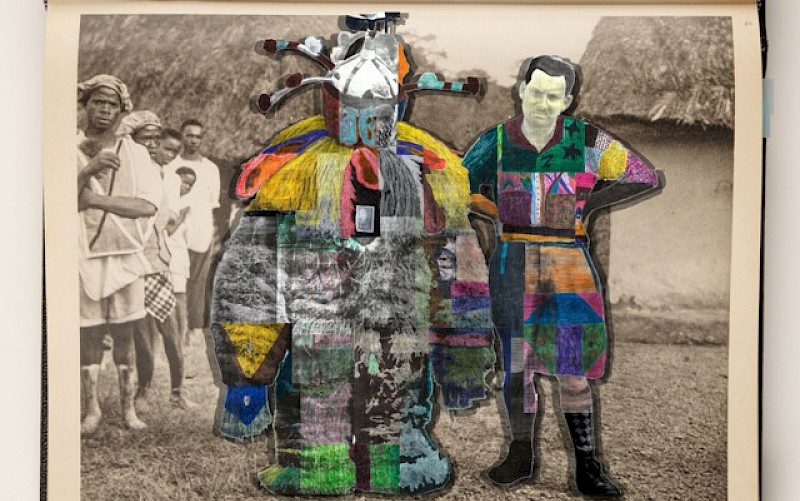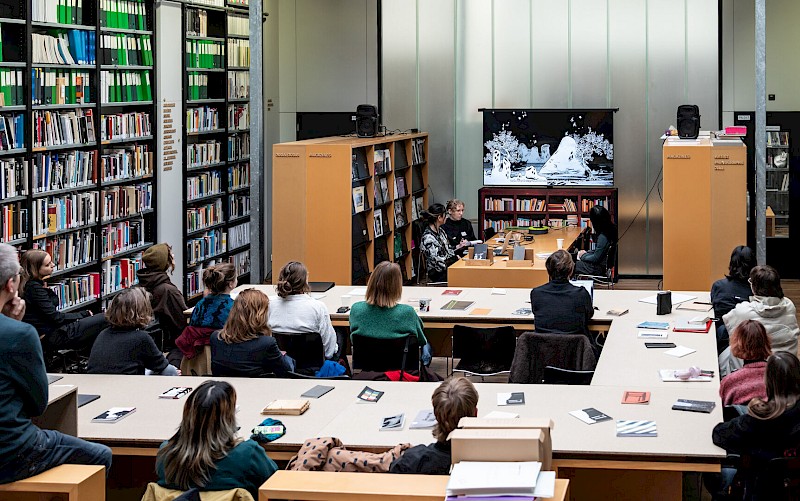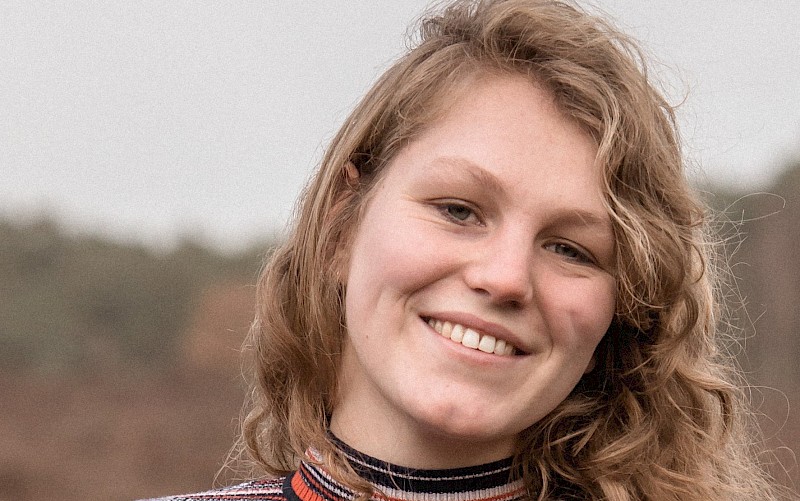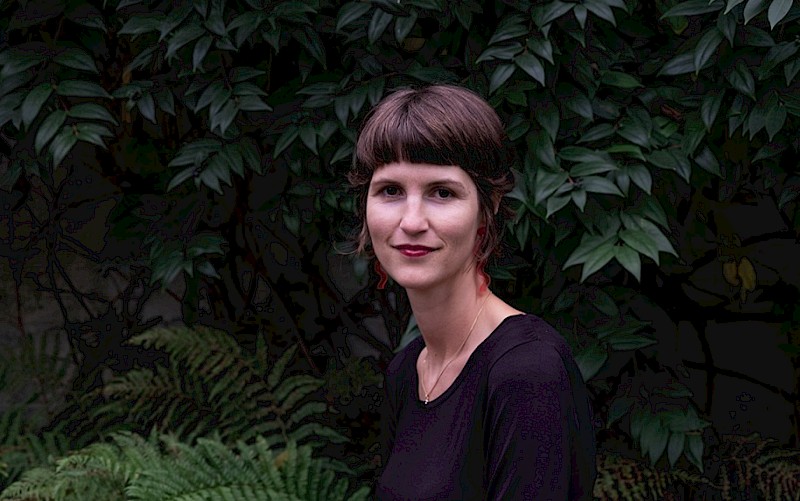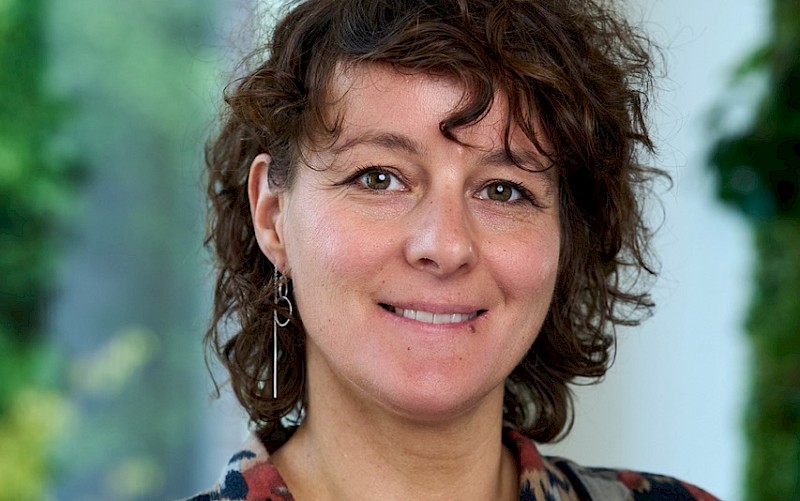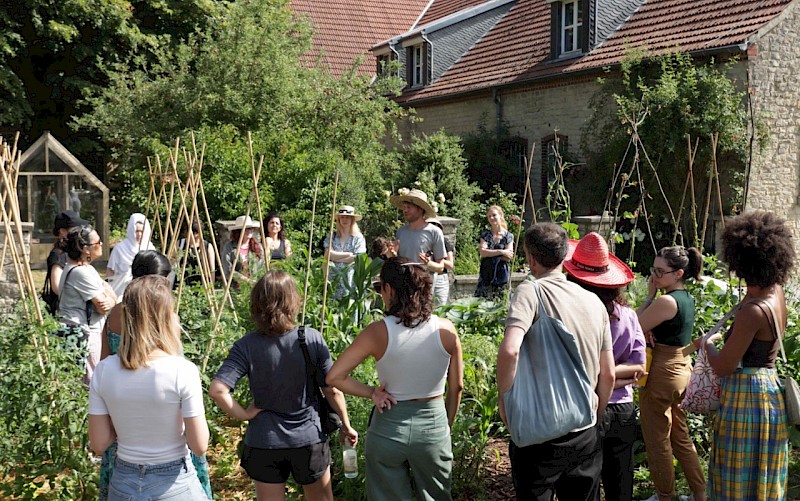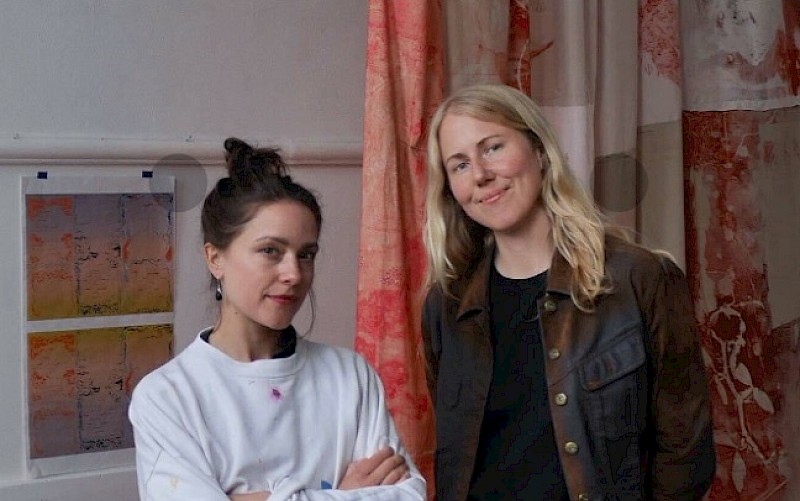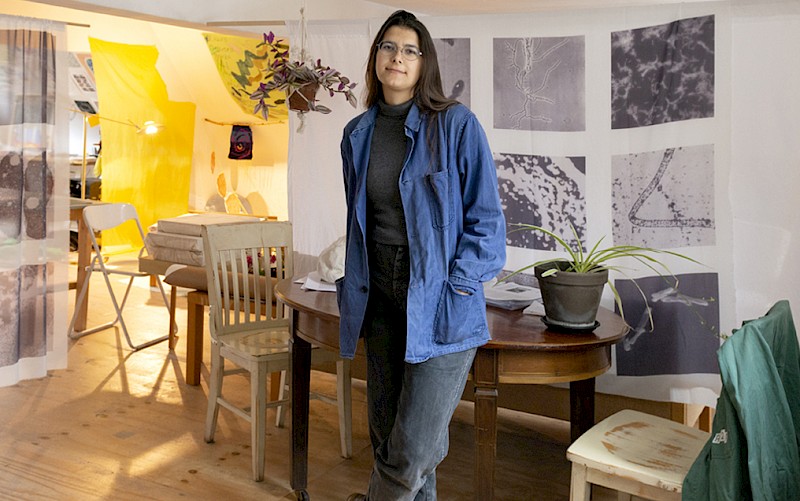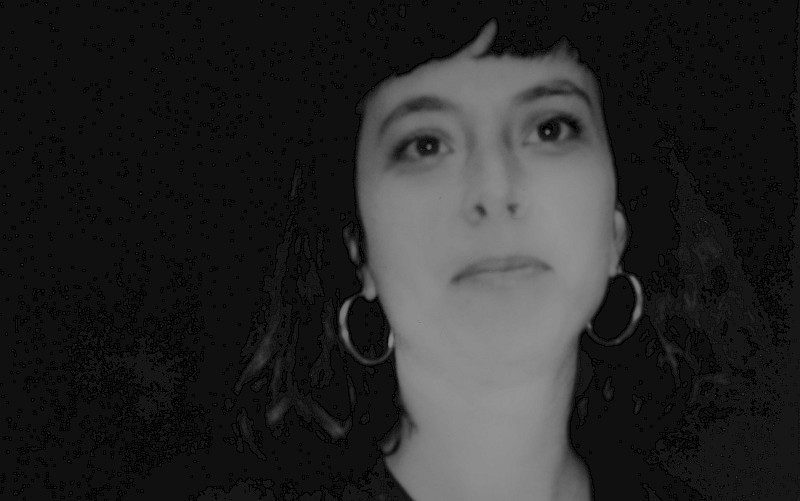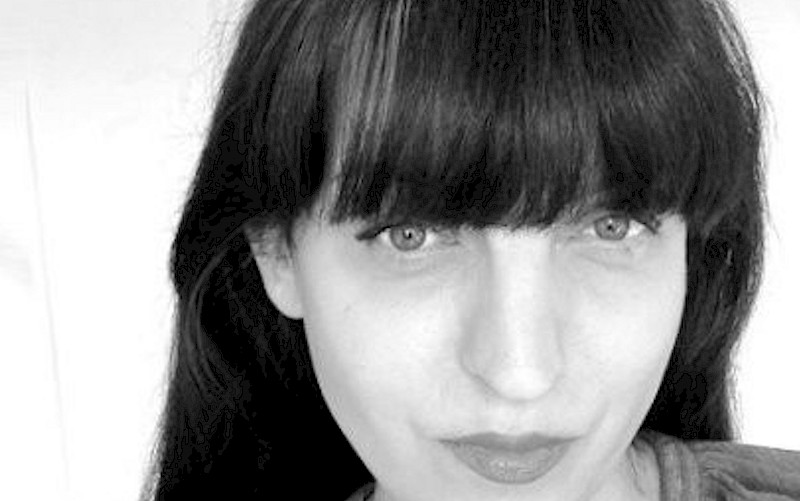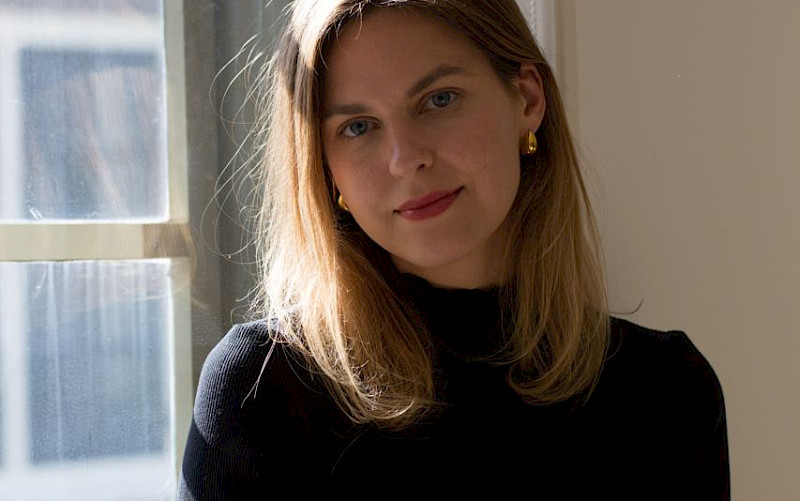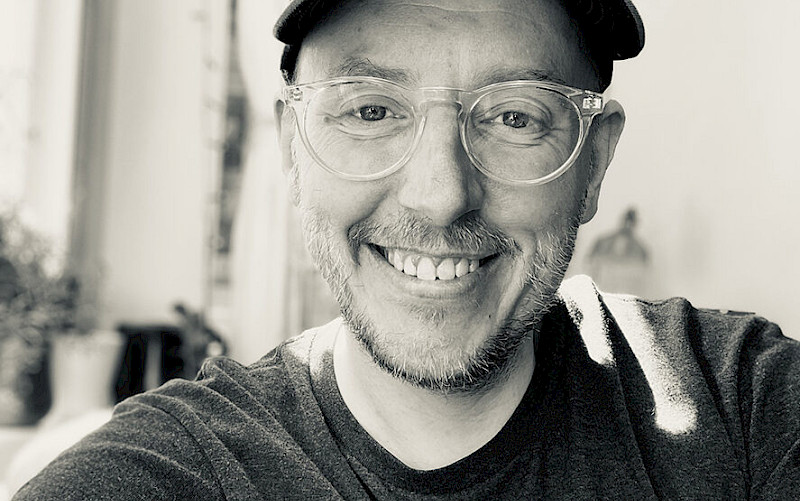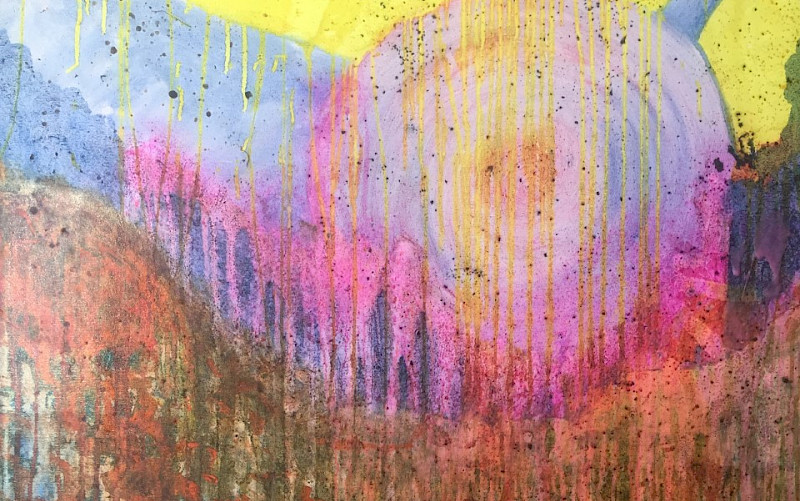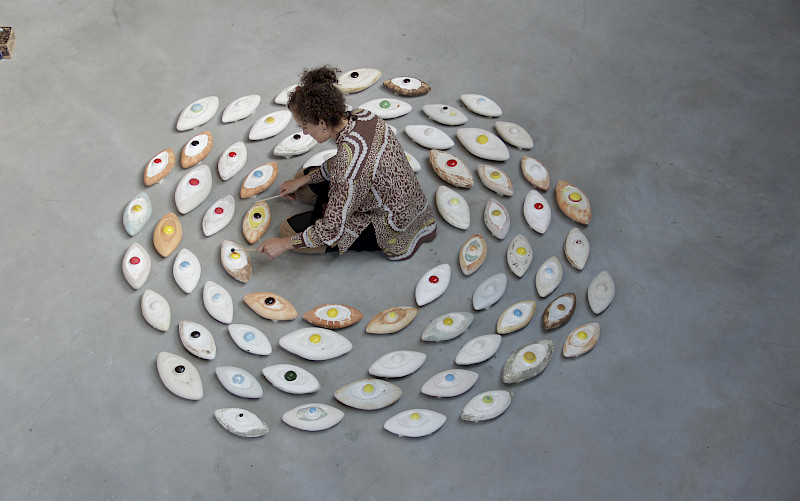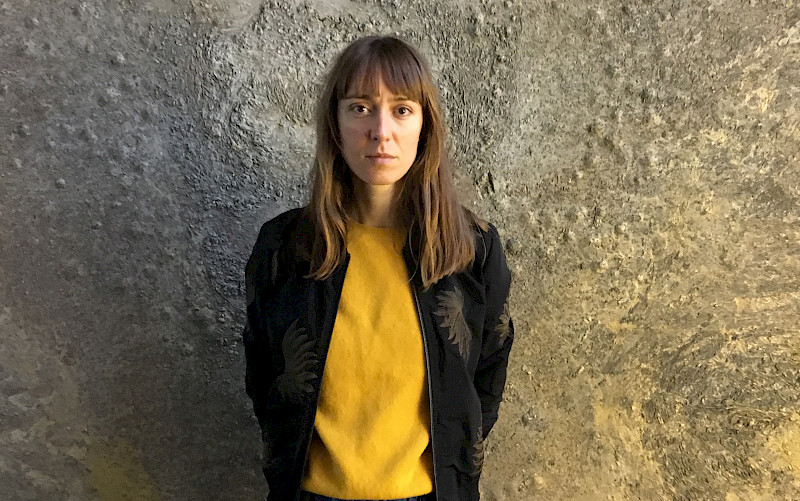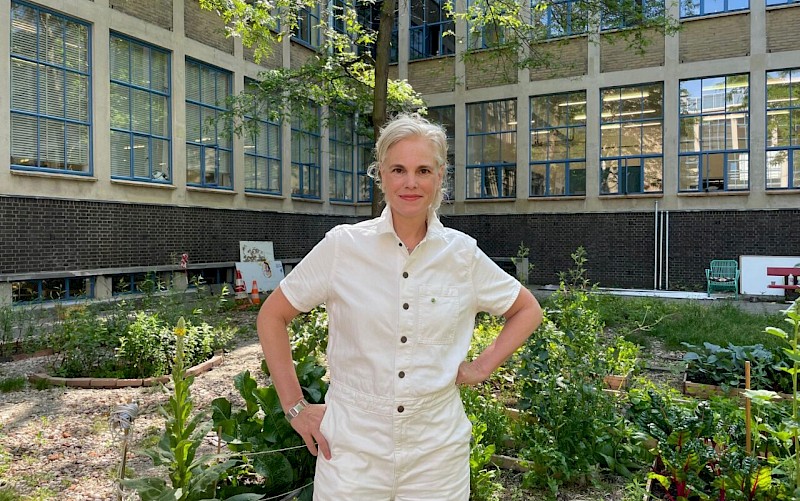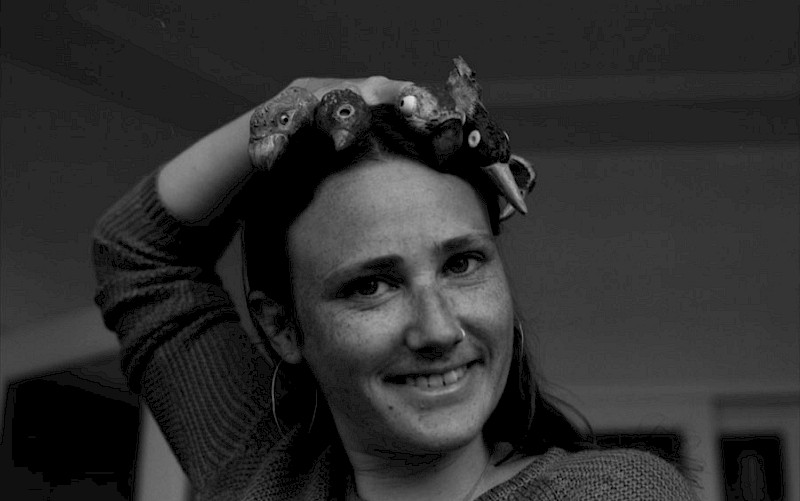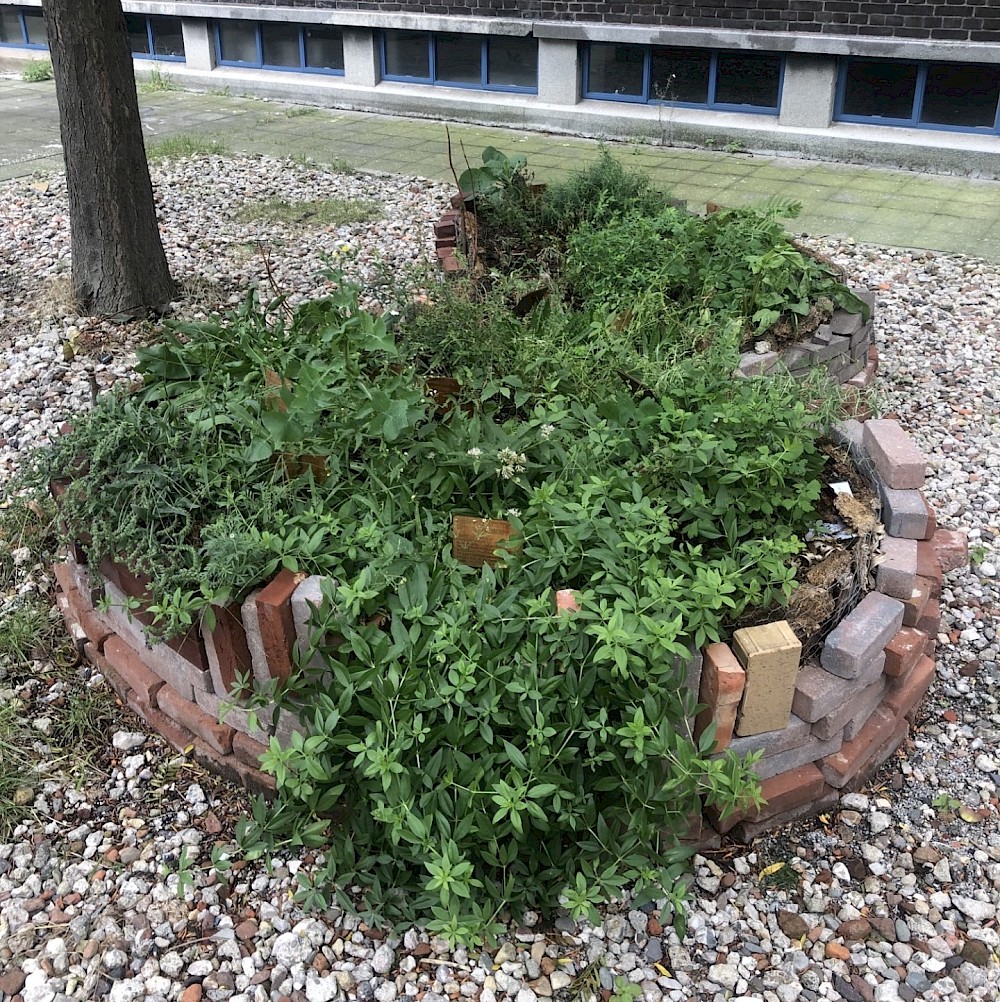
Pigment Garden @ KABK
Wieneke Bremer is an artist who is specialized in natural dyeing. In the context of the Politics of Knowledge Research Group and in collaboration with the KABK Green Office (GINKGO), she has started a pigment garden in the courtyard of the KABK.
For the Joint Research Day, Wieneke will do a 15 min. live performance in which she extracts colours from the plants from the garden and explains her research methods.
In an art academy, it is important to understand where colours come from and what stories and cultural background plants have. This project aims to create awareness on the origin of our beloved colours to form a closer relation with the materials we use: to start living with the plants, nature, and earth instead of using them. Knowing how time-consuming it is to grow pigments and dyes can change our behavior towards them. The color that is given is more than a color: it tells us the story of a relationship with one another.
Natural dyeing are dyes or colourants from plants, invertebrates of minerals. Colours can be extracted from roots, berries, bark, leaves, wood and fungi. The plants in the following list are chosen according to their ability to grow in Dutch climate. Most of them are grand teints meaning that the colour is able to stay visible for a long period of time. The chosen plants have a maximum ratio of four times plant material for one time textile material. The maximum amount is then 400 gram of plants for 100 gram of textiles. Ink can also be extracted from the plants by using less water and thinkening liquid with binders like agar agar or Arabic gum.
Photos below: plants used by Wieneke Bremer, from the 'Handbook of the Artist Garden'
Goals of the Research
One of the goals of the research was to create a actual garden in the courtyard. This has been a success. Bremer also wanted to teach students in natural dyeing, and this has been made possible with the support of the KABK textile workshop. The next goal is to teach students the background or cultural stories and expressions of plants, for example: where does the expression Blue Monday come from? Also the trade history of famous dye plants like indigo, madder, blue and red wood and woad is interesting to teach to art students. There is some much to say about the origin of colours that has not yet been explained. Bremer believes the academy is the right place to spread these stories.
